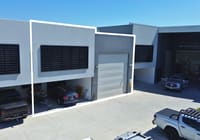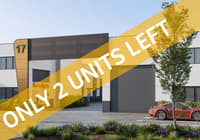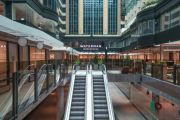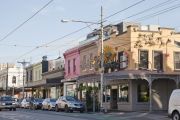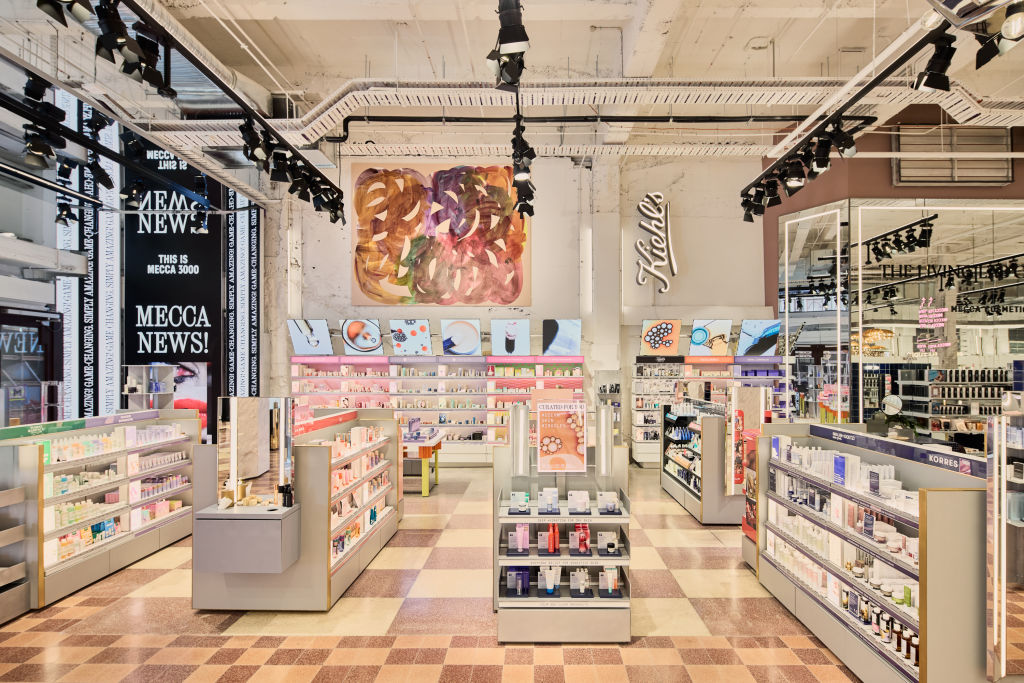
How experiential retail is changing the shopping experience
Touch-screen dressing room mirrors, art installations and on-site scent sommeliers – welcome to the world of experiential retail.
Stores offering much more than just a transaction are leading a retail revival in Australia, with vacancy rates reflecting a rise in demand for bricks and mortar shopfronts.
The new wave of experiential retail is helping traditional stores claw back some of the spending consumers have been directing towards online shopping.
Examples include Mecca in Melbourne, which offers customers on-site scent sommeliers, dermal therapists and hair colourists.
In the neighbouring Rodd & Gunn, customers are treated to a bar staffed by a mixologist and a restaurant managed by a Michelin-starred chef.
And in Sydney, the Rebel store in Bondi is designed to mimic a stadium, complete with cyclone fencing, bench seating, and line markings. Meanwhile, customers at Mon Purse boutique in Paddington can use the bag builder software to customise their ideal accessory.
The trend towards retail experiences aligns with a young generation of shoppers who want to share their purchases on social media.
Case in point is the hundreds of eager customers who queued outside Pop Mart stores in Melbourne, Sydney, and Brisbane to purchase Labubu toys and then upload videos of themselves with the dolls on Instagram, Snapchat, and TikTok.
“It’s really down to that experience factor,” explained Michael Tuck, Colliers’ head of retail leasing and advisory Australia.
“Anyone can buy nearly anything online now, so unless you’re getting that full experience in the actual store, it’s getting missed.
“Mecca is definitely the best example of experiential retail in Australia right now with what they’ve done in Bourke Street Mall in Melbourne.”
Ray White Commercial research suggests these interactive and shareable experiences are reinvigorating the retail sector and transforming CBDs across Australia.
Its September report showed retail vacancy rates improved across Adelaide, Brisbane, Melbourne and Perth.
Sydney, however, experienced a rising vacancy rate, up from 5.4 per cent in 2024 to 6.7 per cent in 2025.
Thomas Brown, Ray White Commercial head of retail, said he expects Sydney retail vacancies to reduce next year.
“Looking ahead, the Sydney vacancy rate should stabilise as the churn in the market slows down and retailers re-align their requirements,” he said.
“The Sydney metro is making the CBD more accessible for customers, and as the few new office developments are completed, this will also add to activating retail. As the tourist market continues to rebound, Sydney’s retail CBD will see this grow the flagship and luxury market.”
And as for traditional stores? They need to capitalise on the experience factor by harnessing new technology and taking innovative steps to ensure customers continue to come through the door.
“Experiential retail is a store that reaches the customer on an emotional level – particularly Gen Y and Gen Z via social media – and uses streamlined omni-channel interactions to get the sales online and in-store,” he said.
“For owners of traditional outlets, it means the pressure is on to adapt. The model is shifting towards creating destinations that offer more than just a transaction; they need to provide an emotional connection and a seamless experience between their physical and digital presence to remain competitive and relevant.”



